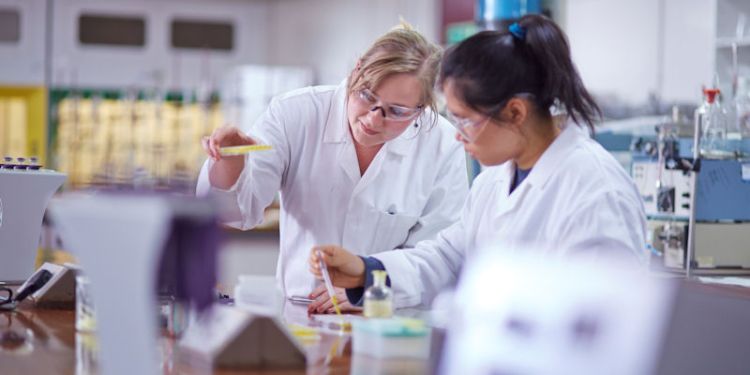Natural Sciences 2023/24
Food Science and Nutrition

Food science brings together tools and concepts from biological and physical sciences to understand the nature, properties and composition of foods and changes which occur during processing and storage. Nutrition is concerned with the scientific principles underpinning the relationship between diet, human health and wellbeing.
Combinations available:
- food science and nutrition, biology, biochemistry;
- food science and nutrition, biology, chemistry;
- food science and nutrition, biology, mathematics;
- food science and nutrition, biochemistry, chemistry;
- food science and nutrition, biochemistry, mathematics;
- food science and nutrition, chemistry, mathematics;
- food science and nutrition, mathematics, physics.
Examples in science
Food science, mathematics, physics
Soft matter and food formulation
Complex, multiphase fluids and soft solids are highly structured forms of matter that exhibit unusual and interesting self-organising behaviours; examples include foams, emulsions, gels and liquid crystals. They have wide ranging applications including drug formulation, medical devices, soft electronics and food formulation. Understanding and predicting the properties of soft matter requires the application of fundamental concepts in applied mathematics and physics such as fluid dynamics and statistical mechanics. This, for example, can be used to optimise formulation and processing of foods to enhance their texture and mouthfeel, providing consumers with a more enjoyable gastronomic experience.

